Welcome aboard this journey into the world of British colonial interior decorating! As someone who has always had a passion for historical design, I’m thrilled to share the rich tapestry of this style with you. The British colonial era, spanning from the late 16th to the mid-20th century, evokes images of lush greenery, grand estates, and an assortment of cultures converging into a unique aesthetic. In this article, we’ll explore the elements of British colonial style, its historical significance, and how you can infuse your own space with this charming decor theme.
Understanding British Colonial Interior Decorating
British colonial interior decorating is more than just a design style; it’s a narrative woven through time, reflecting the interactions between British settlers and the diverse cultures of the territories they inhabited. Known for its grandeur and elegance, this style combines European sophistication with exotic influences.
The Historical Context of British Colonial Design
The roots of British colonial design lie in the late 19th and early 20th centuries, during a time when the British Empire was at its zenith. The colonization of regions such as India, Africa, and the Caribbean greatly influenced architecture and interior design. Traditional British aesthetics intertwined with local craftsmanship and materials, resulting in a distinctive style that is both elegant and functional.
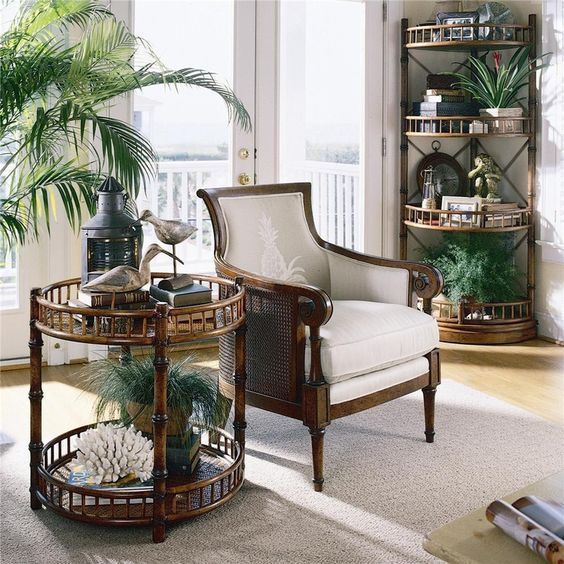
Key Influences on Colonial Style
- Exotic Materials: Use of local woods, textiles, and craftsmanship.
- Eclectic Decor: A blend of British and local artifacts, from porcelain to textiles.
- Natural Elements: Incorporation of nature through large windows and open spaces.
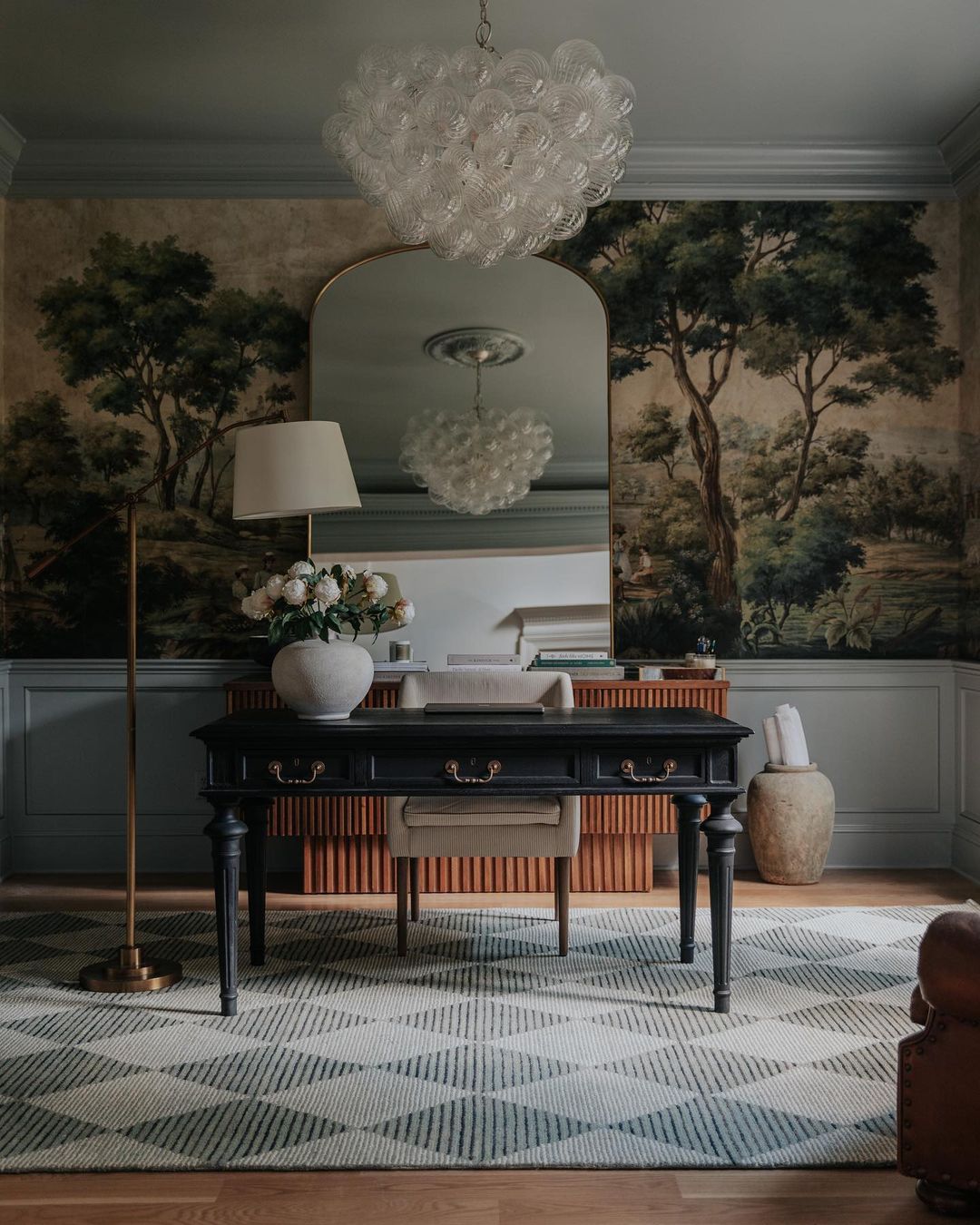
Key Elements of British Colonial Interior Decorating
To truly embrace the British colonial style in your home, it’s essential to understand its foundational elements. Here are the primary features that define this elegant decorating style:
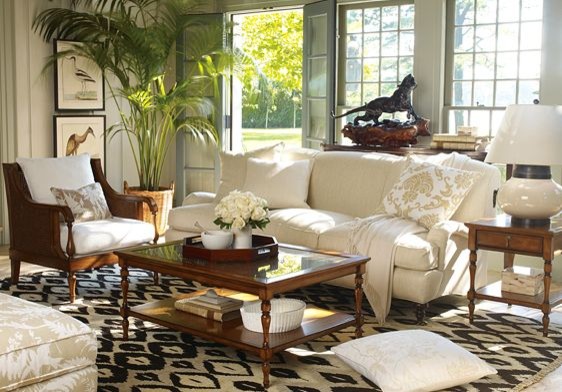
Furniture
Furniture in a British colonial home often includes sturdy pieces made from rich woods such as mahogany and teak. These are typically hand-crafted with intricate detailing.
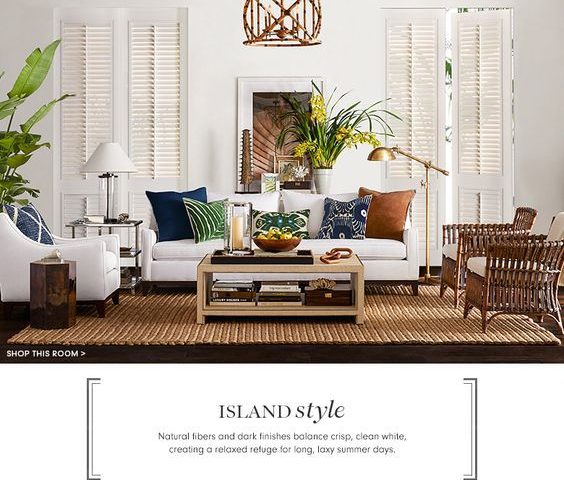
Common Furniture Types:
- Chests of Drawers: Solid and ornate, often featuring brass accents.
- Wingback Chairs: Comfortable and stately, perfect for any room.
- Four-Poster Beds: A hallmark of colonial bedrooms, adding drama and elegance.

Textiles and Colors
Textiles play a crucial role in British colonial design. Expect to see a mix of cottons, silks, and linens in rich, vibrant colors and intricate patterns.
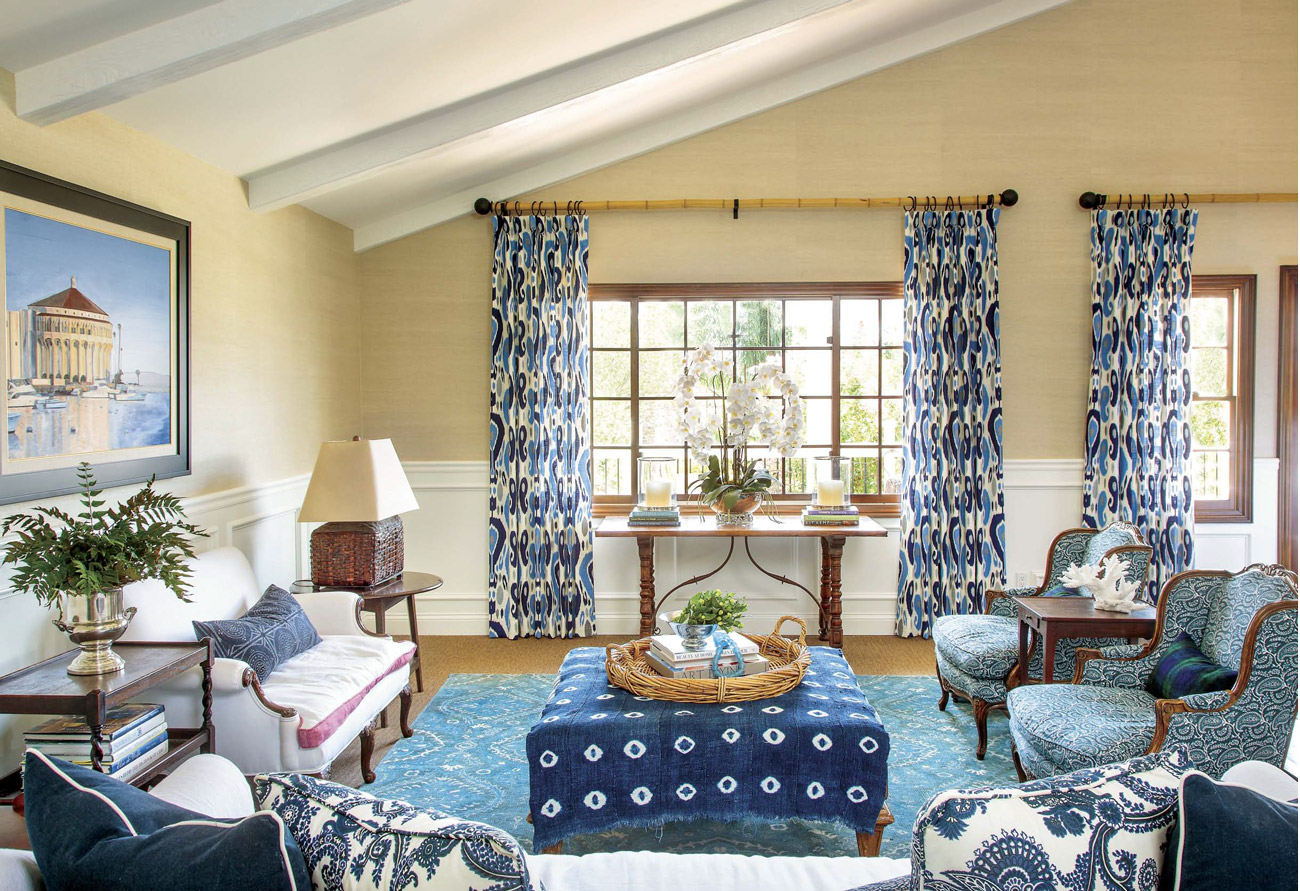
Color Palette:
| Color | Use |
|---|---|
| Deep Reds | Accent walls, upholstery |
| Earthy Browns | Furniture, flooring |
| Creams and Whites | Wall colors, curtains |

Wall Treatments
Wall treatments can greatly enhance the colonial feel. Wallpaper with botanical or geometric patterns, as well as wood paneling, are typical features. You can also consider:
- Wainscoting: Adds depth and character to any room.
- Textured Paint: For a more contemporary twist while maintaining the classic look.
Lighting
Lighting in a British colonial home often includes large chandeliers or lanterns made from brass or wrought iron. These pieces not only illuminate but also serve as artful statements.
Types of Lighting:
- Hurricane Lamps: Perfect for adding a rustic charm.
- Table Lamps: Often made from ceramic or glass with intricate designs.
Incorporating British Colonial Style into Your Home
Now that we’ve explored the defining features of British colonial interior decorating, let’s discuss practical ways to incorporate this style into your space. Whether you’re redecorating an entire room or just looking to add some colonial flair, there are many ways to do so.
Choosing the Right Color Scheme
Start with a neutral base to allow the vibrant colors and textures of the colonial style to shine through. Use creams or light greens for walls and pair them with rich, dark furniture. Accenting with deep reds or blues can create a stunning contrast.
Color Combinations:
| Base Color | Accent Color |
|---|---|
| Cream | Deep Red |
| Light Green | Dark Brown |
| Soft Blue | Mustard Yellow |
Selecting Furniture
When selecting furniture, look for classic pieces with a story. Thrift stores, antique shops, and estate sales can be treasure troves for finding colonial-style furniture. Remember to balance sturdiness with elegance.
Accessorizing with Textiles
Add cushions, throws, and curtains in lush fabrics with patterns inspired by nature. Look for floral prints, paisley designs, or intricate embroideries.
Textile Choices:
- Silk and Cotton: For a luxurious feel.
- Stripes and Florals: To bring vibrancy to your decor.
Decorative Accessories
Complete the British colonial look with decorative accessories. Think about adding:
- Wall Art: Framed vintage maps or botanical prints.
- Antique Objects: Globes, nautical decor, or ethnic artifacts.
Pros and Cons of British Colonial Interior Decorating
Like any design style, British colonial interior decorating comes with its own set of advantages and disadvantages. Here’s a balanced look at both sides:
Pros
- Timeless Elegance: This style is both classic and sophisticated.
- Rich Historical Context: Each piece can tell a story of the past.
- Eclectic Fusion: Allows for a mix of various cultures in decor.
Cons
- Potentially Expensive: Authentic pieces can be costly.
- Maintenance: Some items may require careful upkeep.
- Overwhelming: It can be easy to overdo and create a cluttered look.
FAQs about British Colonial Interior Decorating
What is the main characteristic of British colonial interior design?
The main characteristic of British colonial interior design is its combination of British elegance with local influences, showcasing rich materials, intricate patterns, and a myriad of cultural artifacts.
How can I make my home look more British colonial?
To make your home look more British colonial, incorporate warm wood furniture, vibrant textiles, and decor from various cultures. Use a balanced color palette that mixes rich and neutral tones.
Are there modern interpretations of British colonial style?
Yes, modern interpretations of British colonial style often include lighter color palettes, minimalist furniture, and a blend of contemporary and traditional accessories, making it more accessible and practical for today’s homes.
Conclusion: Embracing the Charm of British Colonial Style
British colonial interior decorating is a beautiful homage to a time of exploration and cultural exchange. It offers a unique blend of elegance, history, and warmth that can effortlessly transform any space into a sanctuary of style. As you embark on your decorating journey, remember that creating a home that reflects your personality while embracing the charm of this timeless style can bring your living space to life.
So, whether you’re refreshing a single room or redecorating your entire home, let the British colonial interior design guide you to create a space that is not only stylish but also rich in history and character!